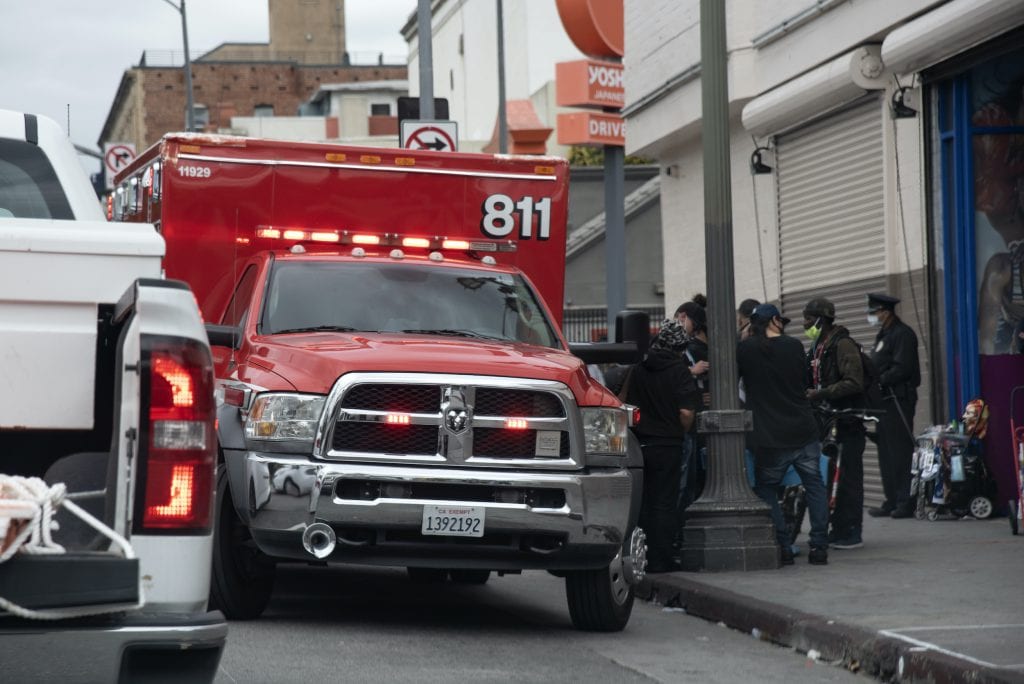The challenges associated with homelessness in Los Angeles have their origins dating back to World War II. A comprehensive understanding of this history, in conjunction with the present crisis, is essential for formulating practical solutions to assist those without permanent housing.
Homelessness in Los Angeles isn’t a new issue — but in recent years, it has worsened and become more visible than ever. Thousands of people across the region struggle to find or maintain stable housing, often pushed to the margins by rising costs, job loss, health problems, or unexpected emergencies.
In a city where opportunity and hardship coexist, the reasons someone becomes unhoused are complex. Some face medical or mental health issues without access to care. Others lose a job or are priced out by rent hikes. For many, a single life event — such as an illness, eviction, or family crisis — can be the tipping point.
Homelessness isn’t limited to any one neighborhood or demographic; it affects individuals and families of all ages, backgrounds, and stories. And while progress has been made, the need remains urgent. MySafe:LA sees homelessness not as an unsolvable crisis, but as a community challenge — one that requires compassion, cooperation, and a shared commitment to dignity and safety for all Angelenos.


